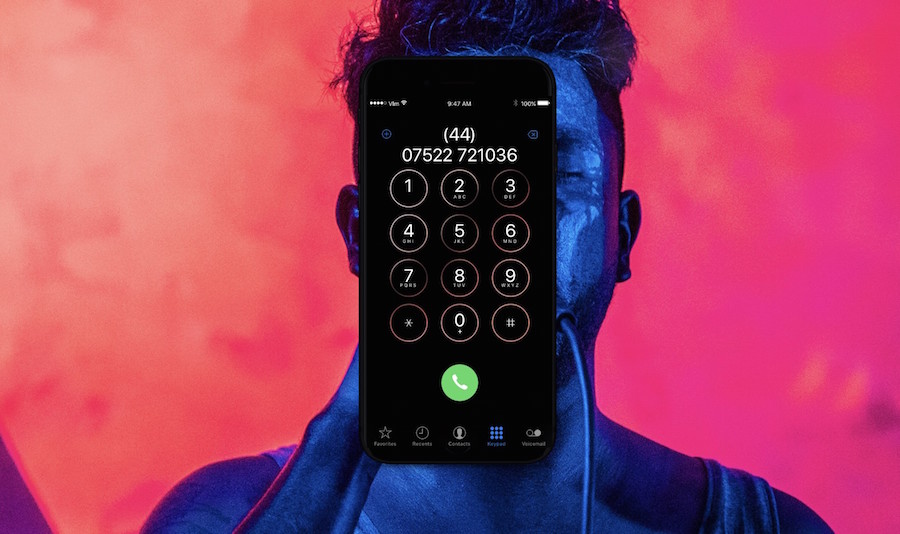It’s almost amusing, really. With Tim Cook promising to double down on product secrecy, the biggest iPhone leaks we’ve seen in recent months haven’t come from anonymous sources within the supply chain, but from Apple itself. Over the weekend, someone decided to leak the iOS 11 GM and developers have since spent hours poring over all sorts of new iOS 11 features that Apple was hoping to surprise us with on Tuesday. Most recently, Guilherme Rambo unearthed assets which provide us with an interesting look at the Face ID setup process on the iPhone 8. Recall, the iPhone X is doing away with the home button — and with it, Touch ID — in favor of an advanced facial recognition system dubbed Face ID.
Not surprisingly, the Face ID set up process seems similar in nature to the Touch ID set up process. Users will be prompted to hold their head in front of the iPhone X camera and capture it from varying angles. Notably, previous reports have suggested that the iPhone X will be able to detect and authenticate users even when lying on a flat surface.
Face ID enrollment process (with layout issues on first page) pic.twitter.com/KczOHEy9ir
— Guilherme Rambo (@_inside) September 9, 2017
Once a face is detected, iOS 11 will assist users in framing the shot and aligning their features accordingly, as evidenced via the video below. For what it’s worth, we can’t imagine the animations seen below will actually appear every time a user unlocks his or her device. Most likely, the animation below is solely part of the setup process.
Authenticating with FaceID looks like this (timing not correct because it's just the UI, not actual auth) pic.twitter.com/kvNUARDQBJ
— Guilherme Rambo (@_inside) September 9, 2017
Moving along, iOS 11’s Face ID preferences pane — which appears to be a work in progress — can be seen below.
Preferences screen for Face ID. There's still some lorem ipsum in there 😝 pic.twitter.com/cMlaQ0lpy5
— Guilherme Rambo (@_inside) September 9, 2017
As for how Apple’s facial recognition software will work, there’s a good chance it will incorporate technology Apple picked up when it acquired an Israeli machine learning company called Realface. Realface’s technology is said to be incredibly accurate and Apple’s implementation can reportedly detect a user’s face within millionths of a second. What’s more, it’s believed that Apple’s facial recognition software will rely upon a 3D map of a user’s face, a layer of security which should prevent malicious users from tricking the system with photos or even videos.







